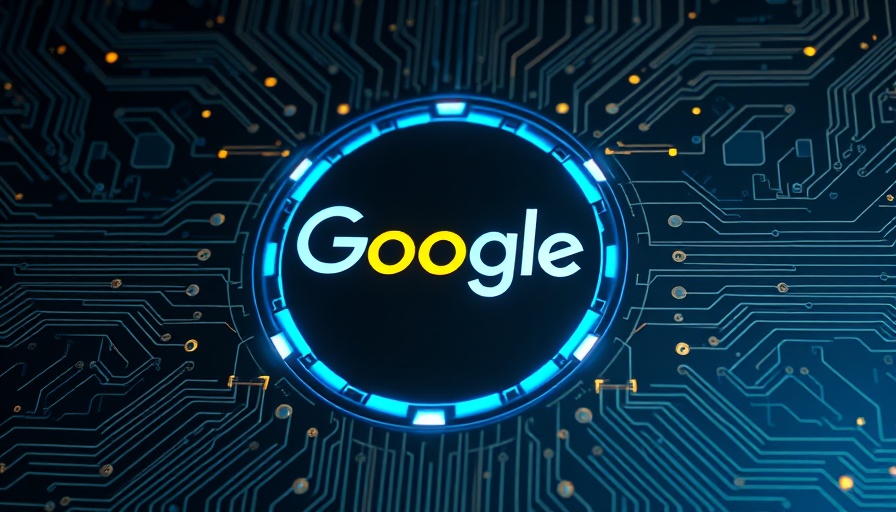
Transforming Kids' Art into Stunning Images: The ChatGPT Revolution
In a world where technology increasingly shapes our lives, the introduction of OpenAI’s updated ChatGPT 4o has ushered in an incredible trend—turning children’s doodles into lifelike images. As a parent exploring this innovative tool, I had the pleasure of witnessing my kids' whimsical art morph into strikingly realistic representations. This article will guide you through the process and provide insights into why this phenomenon is not just for personal enjoyment but also carries broader implications for creativity and marketing.
How to Bring Your Child’s Artwork to Life
The method is straightforward yet magical. First, I captured my children's artwork on my smartphone. These genuine snapshots were taken without any fancy preparation—just raw creativity displayed in crayon and marker. After snapping the photos, I emailed the images to myself to upload them onto ChatGPT via my desktop. The simplicity of sharing the art struck me; it made technology accessible to the creative expressions of children.
The Image Generation Process: Navigating ChatGPT
To convert the drawings, I used ChatGPT’s AI-powered capabilities with the prompt, “Please create a realistic version of this [drawing, art], paying attention to the details to create a lifelike [object].” However, the experience was not without its hiccups. On occasion, the AI produced images that were either too similar to the originals or eerily warped. Adjusting the prompts with more detail boosted the outcomes, leading me to discover that even nuanced guidance was crucial. For example, I found success by instructing, “Make this drawing appear like a plush toy.” This interaction left me in awe of the AI’s flexibility to adapt to human instructions.
Unexpected Outcomes: The Surprising Nature of AI
One memorable incident occurred when a simple stick figure morphed into something resembling a horror character. It highlighted the unpredictable yet delightful aspect of AI-generated art. This unpredictability not only entertained my children but sparked discussions about artistic expression and the fusion of technology and creativity. Asking the AI to adjust the tone, I learned that one could shift features from frightening to playful, echoing how we often modify our ideas through feedback and iterations.
The Broader Implications for Creativity
This phenomenon extends beyond the realm of parenting. As CEOs and marketing professionals maneuver through a tech-driven landscape, the blending of human creativity with AI can unveil new marketing strategies. Companies might harness such tools to visualize concepts from doodles to prototypes, thereby enhancing brainstorming sessions and fostering innovative thinking. With the increased accessibility of AI, the lines between creator and observer are blurring, encouraging collaboration that leads to rich, diverse outcomes.
Maximizing AI Tools in Your Business
For business professionals, the ability to turn rough sketches into refined digital concepts can be invaluable. Applying insights from this experience, consider how you can implement AI tools to transform ideas into visual presentations or marketing materials, ultimately enhancing consumer engagement. Familiarizing yourself with tools like ChatGPT can lead to significant boosts in productivity and creativity for both personal and professional projects.
Final Thoughts: Embrace the Innovation
Your children’s imaginative artwork offers a unique opportunity to engage with technology in transformative ways. As with any trend, the resulting images have presented joy in new dimensions. It has ignited my children's desire to explore their creativity further while also inspiring me to delve into my imaginative side. Have you tried using ChatGPT for creative projects? Share your thoughts and experiences in the comments below!
Incorporate AI into your marketing strategies today to enhance creativity and engage your audience.
 Add Row
Add Row  Add
Add 




 Add Row
Add Row  Add
Add 

Write A Comment